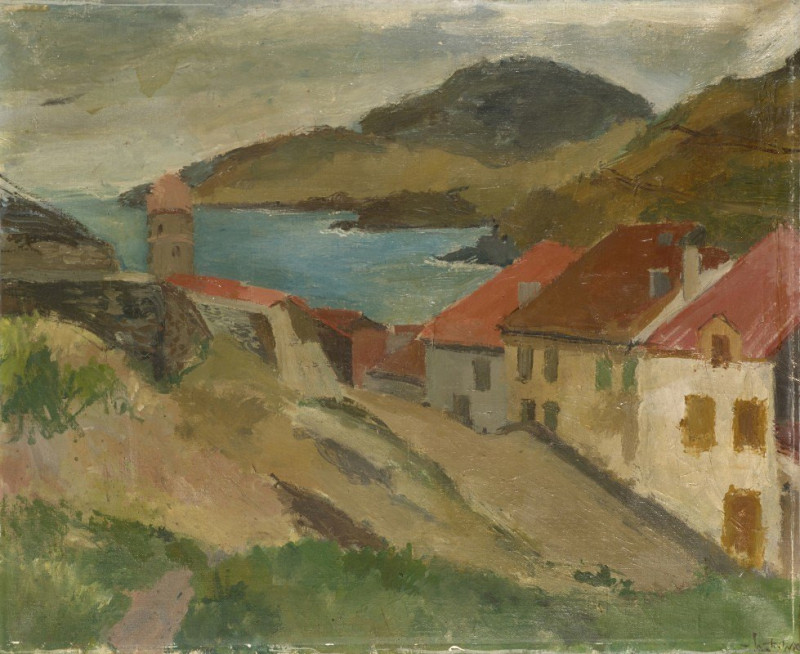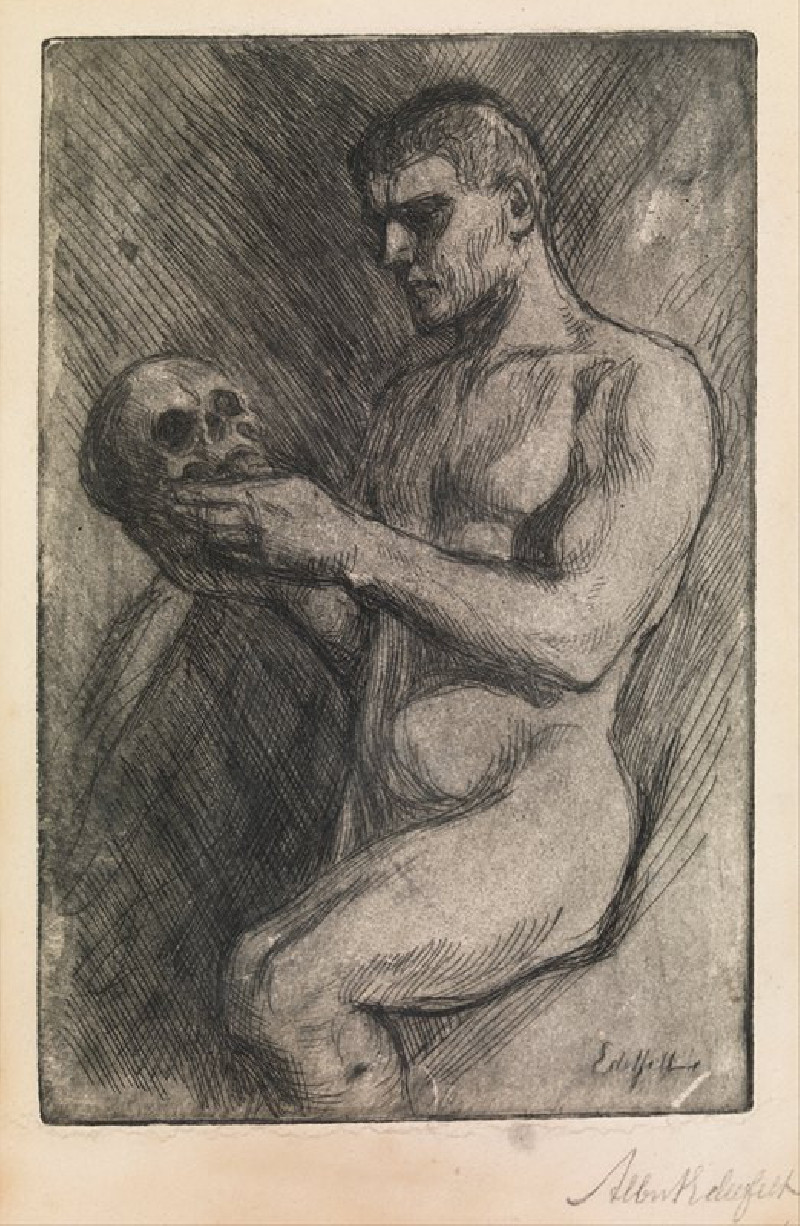Cycle (1940)
Technique: Giclée quality print
Recommended by our customers
More about this artwork
Within the dynamic and compelling framework of Walter Kurt Wiemken’s painting, "Cycle" (1940), viewers are invited into a sweeping landscape that defies traditional perspectives. True to its title, the artwork captures the essence of cyclical movement and transformation in nature, portrayed through a captivating use of color, form, and symbolism.The painting features an expansive view that oscillates between abstraction and figuration. Prominently, the left side holds a stylized green tree, bending as if blown by wind, underlining the theme of nature's resilience. The central and right portions of the canvas spiral inward, creating a mesmerizing loop that guides the eye along a continuous path where distinct scenes and elements are integrated.Foreground and background intermingle; a clear, flowing river cuts through terrains that alternate in color and texture, suggesting different ecological zones or the passage of seasons. Mountains rise in the background with a ghostly, ethereal quality, juxtaposed against sharper, detailed representations of trees and foliage in the foreground. This blend of styles evokes a sense of timelessness and the perpetual motion of the natural world.Adding to the mystique are small human figures, subtly embedded within the landscapes, reminiscent of a peaceful coexistence with nature. They are painted almost as whispers of human presence, reinforcing the secondary role humanity plays in the grand cycle of life and environment.Walter Kurt Wiemken's "Cycle" is more than a painting; it is a philosophical reflection on the rhythms of nature and life, rendered in a dreamlike quality that challenges and enchants.
Delivery
Returns
Walter Kurt Wiemken was a Swiss painter.
Walter Kurt Wiemken was born in 1907. In Basel to German parents, 1898. who have acquired Swiss citizenship. At the age of four months, he contracted polio severely, which left him disabled for life. He lived in his parents' house until his death, where he also established his art studio. His father had a lithography business.




































